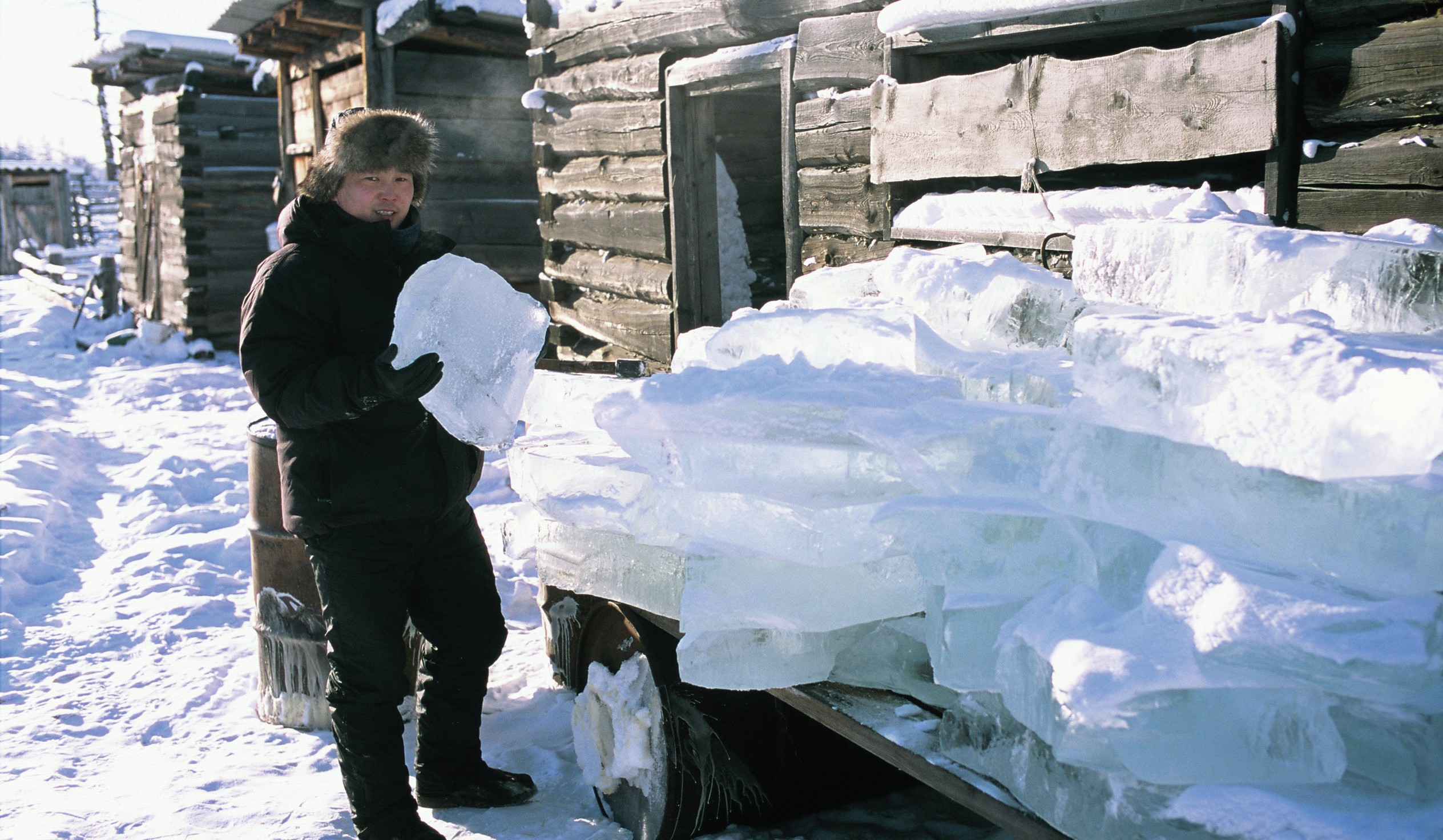
As the nights draw in and some of us start to consider the chances of Christmas being white this year, spare a thought for the inhabitants of Oymyakon, where the average daily temperature in November is –37oC. Winter in Siberia has really set in by then, but temperatures will continue to fall. Oymyakon’s lowest average daily temperature is in January (–46oC), but its coldest temperature of all was recorded in February 1921, at –71.2oC. That temperature is the lowest experienced at any permanently inhabited place, making Oymyakon the coldest town on Earth. The residents of Oymyakon inevitably have to deal with an extreme physical environment.
Oymyakon is a small town of 547 inhabitants in eastern Siberia (Figure 1). It sits just a few hundred kilometres south of the Arctic Circle, and about 750 km from the Pacific Ocean. Its climate is markedly continental, dominated by cold Arctic air in winter when the region is under the influence of an area of high pressure. This continentality means being far from the effects of the sea, which tends to dampen down extremes of temperature. Continental climates also tend to be dry. Oymyakon averages just 131 mm a year in precipitation.
Your organisation does not have access to this article.
Sign up today to give your students the edge they need to achieve their best grades with subject expertise
Subscribe




